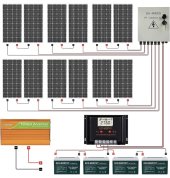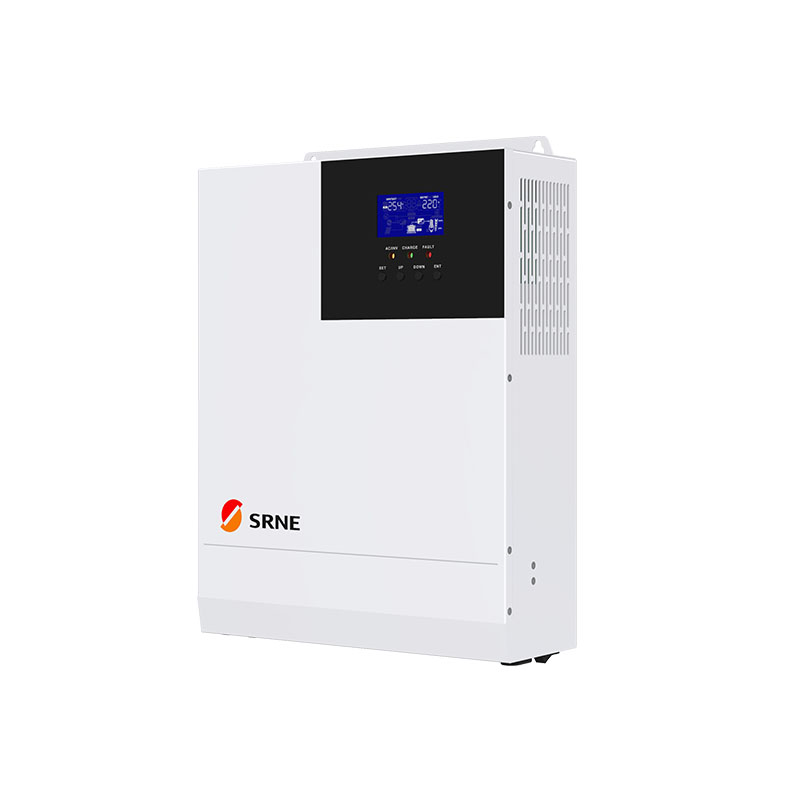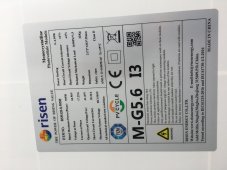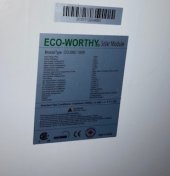 Mark Durrenberger’s Blog — writing about homes and energy.
Mark Durrenberger’s Blog — writing about homes and energy.
What Does Solar “Inverter Clipping” Mean?
November 2, 2017
The short answer is that “inverter clipping” means your solar inverter is limiting slightly the amount of electricity going from your solar energy system into your household for use, because it reached its maximum capacity.
Here’s a longer explanation.
For background you should know that, like
solar panel ratings, inverter ratings are approximate. Many inverters can convert more DC power (from your panels) to AC (for use in your home or business) than their model numbers imply. For example, the maximum power output of the
SolarEdge SE7600A is actually 8,350 watts, according to the manufacturer. So the inverter has no problem handling up to 8,350 watts of capacity at a time.
If the panels are operating at a capacity that exceeds the inverter’s capacity, “clipping” occurs. The inverter trims the output to the maximum it can handle and you lose a little production. This graph shows a customer’s production with clipping at the top of the curve.
Reference above "clipping"
If the panel output is greater than the inverter spec......










